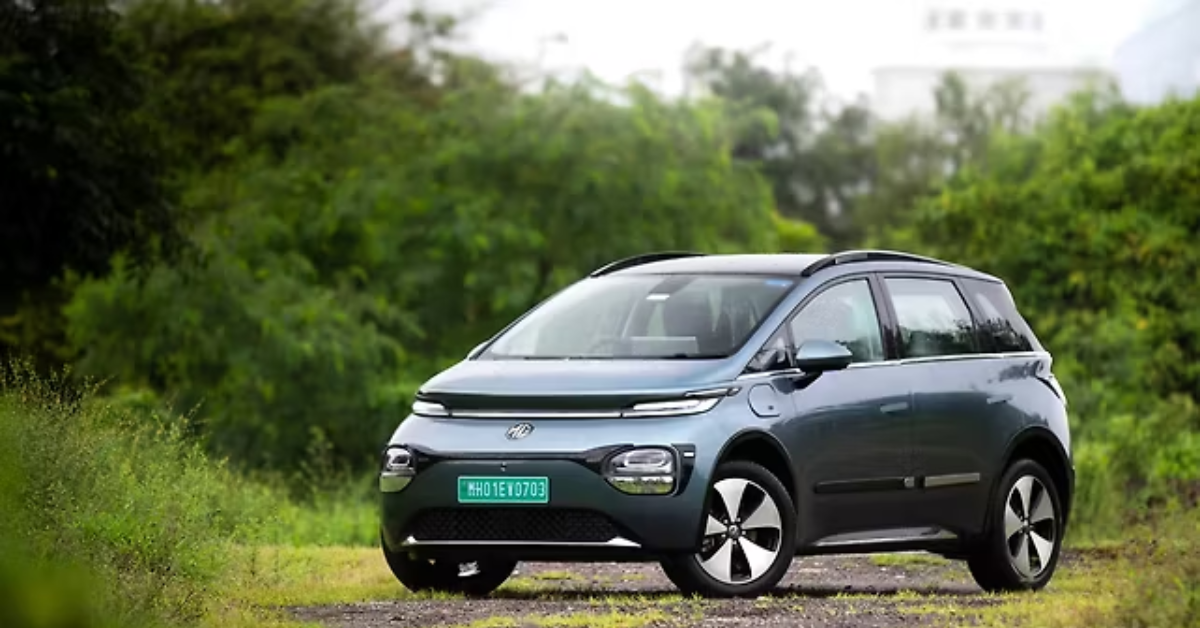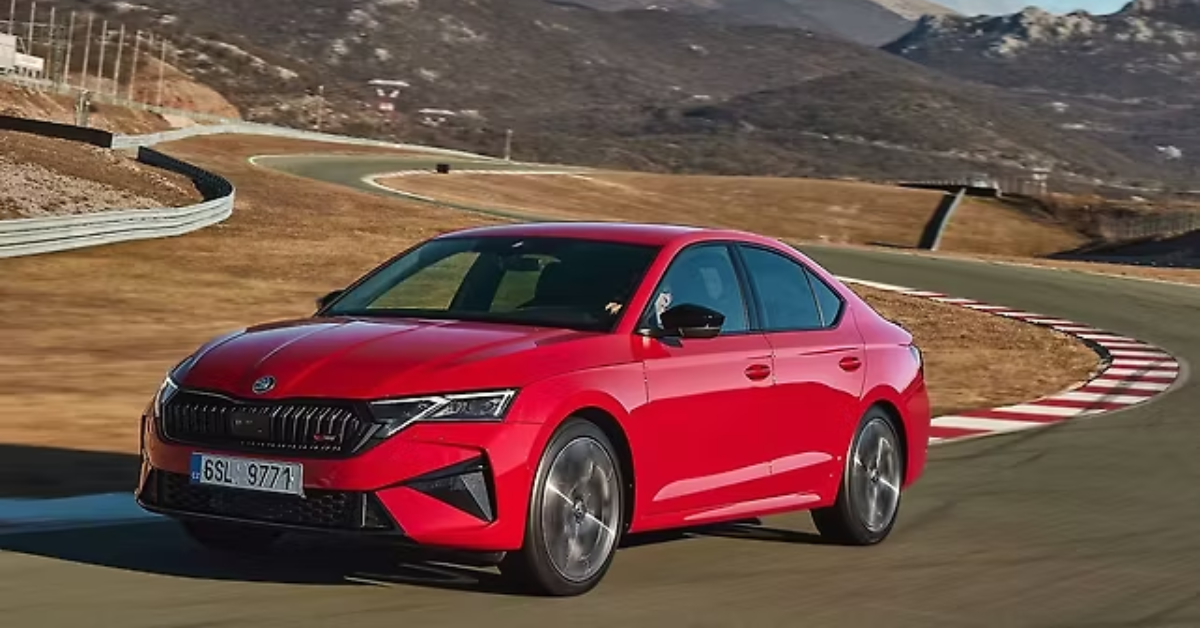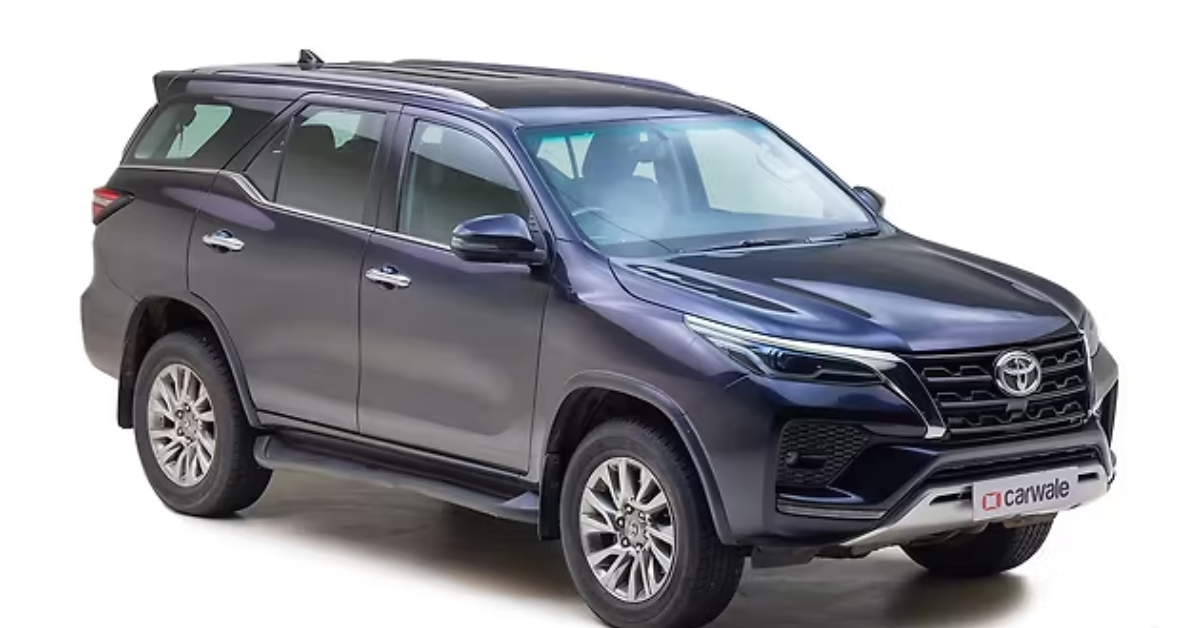In a proud moment for both the automotive world and U.S. manufacturing, BMW has officially rolled out its 7 millionth vehicle produced in the United States. This milestone isn’t just about numbers—it’s a testament to innovation, long-term investment, and BMW’s deep commitment to American manufacturing.
The landmark vehicle was assembled at the BMW Manufacturing Plant in Spartanburg, South Carolina, a facility that has grown to become the largest BMW production plant in the world. As of 2025, this site remains a shining example of global excellence and local impact.
This blog explores BMW’s incredible journey in the U.S., the significance of this 7-million-vehicle milestone, and what the future holds for this German powerhouse on American soil.
🏭 BMW’s Manufacturing Legacy in the U.S.
BMW first established its manufacturing roots in the U.S. in 1994 when it opened the Spartanburg plant. Starting with the production of the BMW 318i, the plant has grown both in size and strategic importance. Over the years, the Spartanburg facility has evolved into a major global production hub, primarily producing BMW’s popular X series SUVs such as:
- BMW X3
- BMW X4
- BMW X5
- BMW X6
- BMW X7
The Spartanburg plant doesn’t just serve the domestic market—it exports nearly 60% of its output to over 120 countries, making BMW the largest automotive exporter from the U.S. by value for multiple years running.
🚗 The 7 Millionth BMW: A Symbol of Excellence
The vehicle that rolled off the assembly line as the 7 millionth unit was no ordinary car. It represents cutting-edge technology, skilled craftsmanship, and sustainable production. While BMW has not officially revealed the exact configuration of the 7 millionth vehicle, speculation suggests it was likely a BMW X5 or X7 Plug-in Hybrid Electric Vehicle (PHEV)—highlighting the brand’s shift toward electrification.
This is significant because BMW’s U.S. plant is also key to its EV and hybrid strategy. The company has already committed billions to expand electric vehicle production, including battery assembly at nearby facilities.
🇺🇸 Economic Impact in the U.S.
BMW’s milestone goes beyond the factory gates. Here’s how the company has influenced the American economy:
1. Job Creation
BMW’s Spartanburg plant employs over 11,000 people directly, and supports tens of thousands more through its supplier and logistics networks.
2. Training and Education
BMW has invested in local talent through its BMW Scholars Program, which offers students the chance to gain technical training while attending college. This initiative ensures a steady pipeline of skilled workers.
3. Export Powerhouse
BMW has turned South Carolina into a hub of high-tech manufacturing and exports, helping to boost the region’s economy and reputation on the world stage.
4. Supplier Ecosystem
Over 300 U.S. suppliers are linked to the Spartanburg facility, fueling the growth of small and medium businesses across various states.
⚡ Focus on Electrification and Sustainability
As BMW looks toward the future, electrification is a top priority. The Spartanburg plant is already:
- Producing Plug-in Hybrid models of the BMW X3 and X5.
- Undergoing upgrades to support full EV production by 2026.
- Adding a new battery assembly facility to support next-gen electric SUVs.
This aligns with BMW’s global strategy to make at least 50% of its vehicles electric by 2030.
The company is also committed to sustainable production practices, using solar energy, water recycling systems, and energy-efficient logistics to reduce its carbon footprint.
🔍 Behind the Scenes: What Makes Spartanburg So Special?
💡 Advanced Manufacturing
The Spartanburg facility features robotics, AI-driven quality control systems, and real-time data monitoring. This ensures high-quality builds that meet the premium standards of BMW.
🌎 Global Connectivity
BMW’s U.S. plant ships vehicles via Charleston and Savannah ports, connecting it to global markets in record time.
🤝 Local Partnerships
The plant has partnerships with local universities and technical colleges, ensuring a strong R&D and training ecosystem that benefits the local community.
🏆 Recognition and Industry Praise
BMW’s achievement has earned praise from automotive experts, economic analysts, and government officials alike. Here are a few reasons why:
- Leadership in exports: Consistently ranked as the top U.S. automotive exporter by value.
- Adaptability: Ability to pivot production lines to meet global demand for both ICE and electric vehicles.
- Workforce development: Emphasis on training and workforce welfare in an increasingly tech-driven industry.
🔮 What’s Next for BMW in the U.S.?
After achieving the 7-million-vehicle milestone, BMW isn’t slowing down. Key initiatives on the horizon include:
- Expanding EV production with upcoming all-electric “Neue Klasse” SUVs.
- Growing R&D investments to innovate faster in the American market.
- Introducing autonomous driving features in locally built vehicles.
- Enhancing production automation for higher efficiency and scalability.
BMW’s leadership has reiterated its long-term commitment to American manufacturing, hinting at more investments, innovation hubs, and job creation in the years to come.
📝 Conclusion: A Milestone Worth Celebrating
BMW hitting 7 million vehicles produced in the U.S. is more than a numeric achievement—it’s a powerful reminder of what’s possible when global engineering meets local commitment. The Spartanburg plant stands as a symbol of reliability, innovation, and adaptability, showing how a European automaker can thrive in the American manufacturing landscape.
This moment not only reflects BMW’s past success but also its readiness for the future—a future built on electrification, sustainability, and unmatched driving pleasure.
As we move further into 2025, one thing is clear: BMW’s American journey is just getting started.





